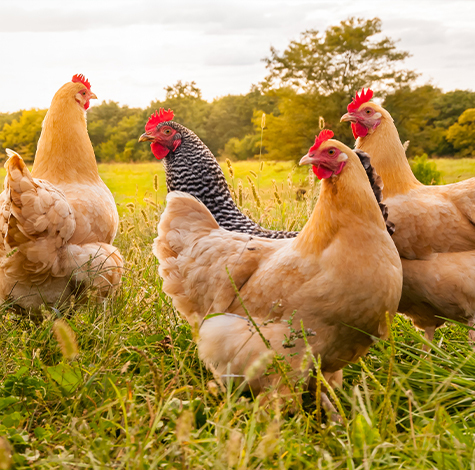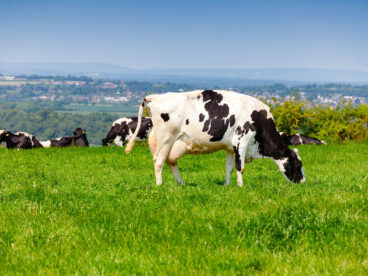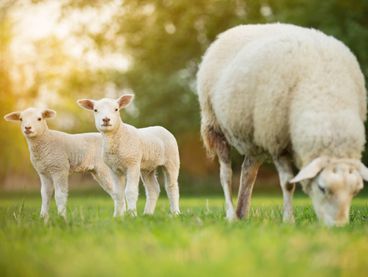Dairy cows at grazing will need supplementation with fatty acids if butterfats and milk prices are to be maintained as UFAC UKs Mark Townsend explains.
Supplement with fatty acids to increase butterfats at grass
Dairy cows at grazing will need supplementation with fatty acids if butterfats and milk prices are to be maintained as UFAC UKs Mark Townsend explains. Over 50% of the milk in the UK is produced on constituent based contracts so maximising milk composition is essential. With as much as 75% of butterfat directly derived from the fatty acids in the diet, it is essential that dairy cows are fed sufficient levels of dietary fatty acids. The table shows the total dietary requirement to supplement rumen produced fatty acids for different yield and fat percentage combinations. If you don’t provide enough adequate fatty acids in the diet you won’t get the fat yield and fat percentage. You also increase the risk of cow’s mobilising body fat leading to condition score loss. This is a particular challenge when grazing. Grazing is a poor source of fatty acids and the type of fatty acids in grazed grass contribute to the RUFAL (rumen unsaturated fatty acid loading) of the diet which can compromise rumen fermentation leading to reduced butterfats. It is therefore essential to balance the diet with the correct fatty acids.
A 32-litre cow at 4.0% butterfat outputs 1280g/day of fat in the milk. As 25% of this come from the rumen, she will need an additional 960g of dietary fatty acids. The most effective way to ensure sufficient supplementation is to include balanced dietary fatty acids in the buffer feed. When doing this, you need to ensure the fat products added are highly digestible rumen inert blends of essential fatty acids plus C16:0, C18:1, EPA and DHA. It is now widely accepted that when adding C16:0 to rations it should be balanced with the addition of C18:1 to maintain cow body condition.
UFAC’s Supacream and Omega Cream, fed at 300-600g/cow/day, are proven to supply the fatty acids required to support higher butter fats, whilst maintaining overall herd health. Being rumen – inert they help reduce the risk of acidosis and will improve the digestion of the rest of the diet. By paying close attention to the total diet it should be possible for many farmers to maintain milk prices and margins this summer by pursuing a strategy of improving butterfat percent. But it will be essential to monitor performance, costs and returns closely to make sure that you are making a worthwhile return.
e.g. cow producing 36 litres @4.0% fat requires the addition of 1080g of balanced fatty acids per day
Dietary fat (g/cow/day) requirement in addition to rumen produced fatty acids for different yields and fat percent
| Litres | 28 | 32 | 36 |
| B Fat % | |||
| 3.80 | 798 | 912 | 1026 |
| 3.90 | 819 | 936 | 1053 |
| 4.00 | 840 | 960 | 1080 |
| 4.10 | 861 | 984 | 1107 |
| 4.20 | 882 | 1008 | 1134 |


 Back to News
Back to News 



